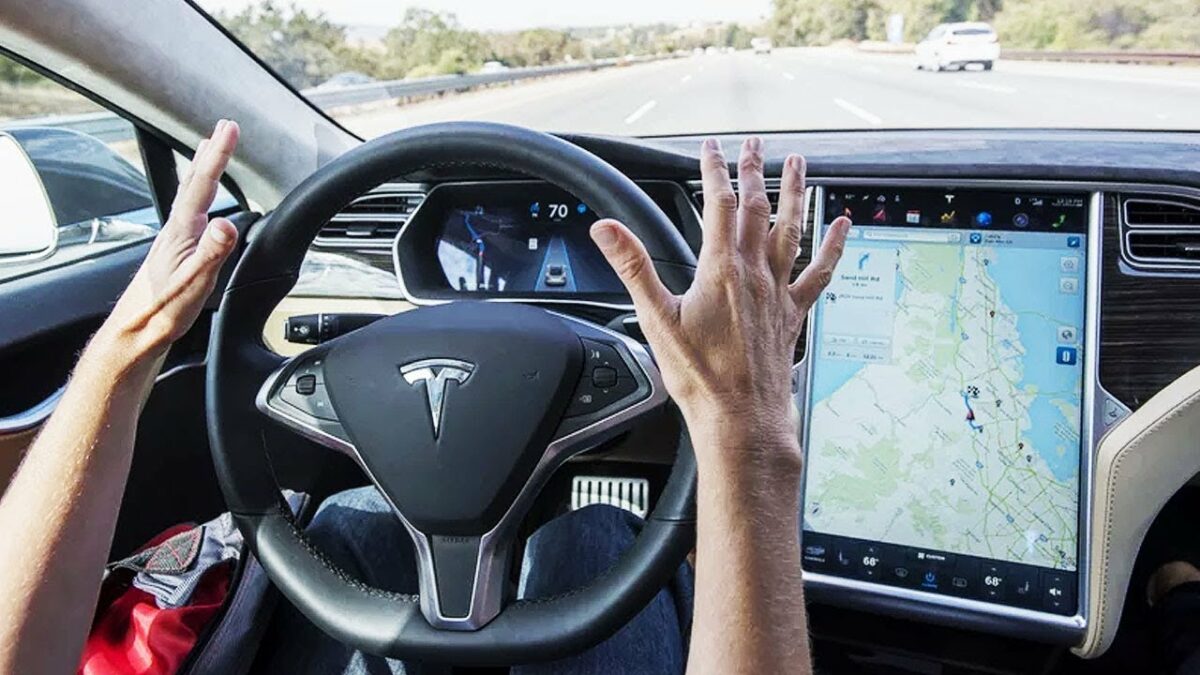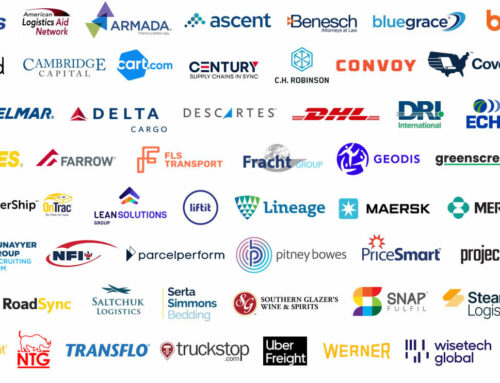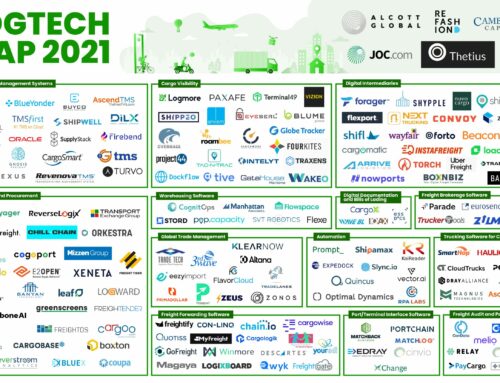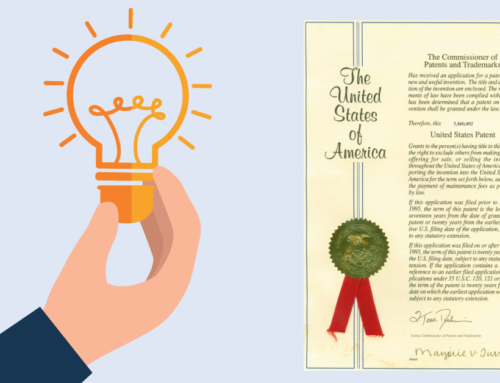Elon Musk declared that Tesla’s self-driving module would be “feature-complete” by the end of 2019.
A recent article claims Tesla is on the verge of achieving this milestone.
What does this mean, and why does it matter?
Feature-complete requires several capabilities. A Tesla must be able to navigate not only highways but also cities. It must be able to recognize traffic lights. It must be able to perceive and act appropriately when it encounters stop signs, yield signs, and all other forms of road signs. And it must be able to make “lane speed adjustments.”
According to Teslarati and the Tesla Riders Club, the following release notes imply Tesla is about to launch these features:
Adjacent Lane Speed Adjustments
“When your vehicle is moving at a significantly faster speed than vehicles in neighboring lanes, Autopilot now automatically reduces your driving speed. This is helpful in heavy traffic situations or when there is a long line of vehicles merging into a different lane or exiting onto an off-ramp. When your vehicle detects that adjacent lane traffic is significantly slower, the lane is highlighted with arrows and its vehicles are highlighted gray in the driving visualization. This speed adjustment can be temporarily overridden by pressing the accelerator pedal.”
Autosteer Stop Sign Warning
“Your car may warn you in some cases if it detects that you are about to run a stop sign, in addition to stop lights, while Autosteer is in use. This is not a substitute for an attentive driver and will not stop the car.”
Here’s what Elon Musk has to say:
“Feature-complete… the car is able to drive from one’s house to work, most likely without interventions. So it will still be supervised, but it will be able to drive — it will fill in the gap from low-speed autonomy — low-speed autonomy with Summon. You’ve got high-speed autonomy on the highway, and intermediate speed autonomy, which really just means traffic lights and stop signs.
“So feature-complete means it’s most likely able to do that without intervention, without human intervention, but it would still be supervised. And I’ve gone through this timeline before several times, but it is often misconstrued that there’s three major levels to autonomy. There’s the car being able to be autonomous but requiring supervision and intervention at times. That’s feature complete. Then there’s — and it doesn’t mean like every scenario, everywhere on earth, including ever corner case, it just means most of the time.”
What do you think? Is Tesla ready to take this step? And are the streets of U.S. cities ready?
———-
Benjamin Gordon is an investor in transportation, logistics and technology companies at Cambridge Capital in West Palm Beach. He writes about trends in supply chain. Follow Benjamin on Twitter and LinkedIn.










